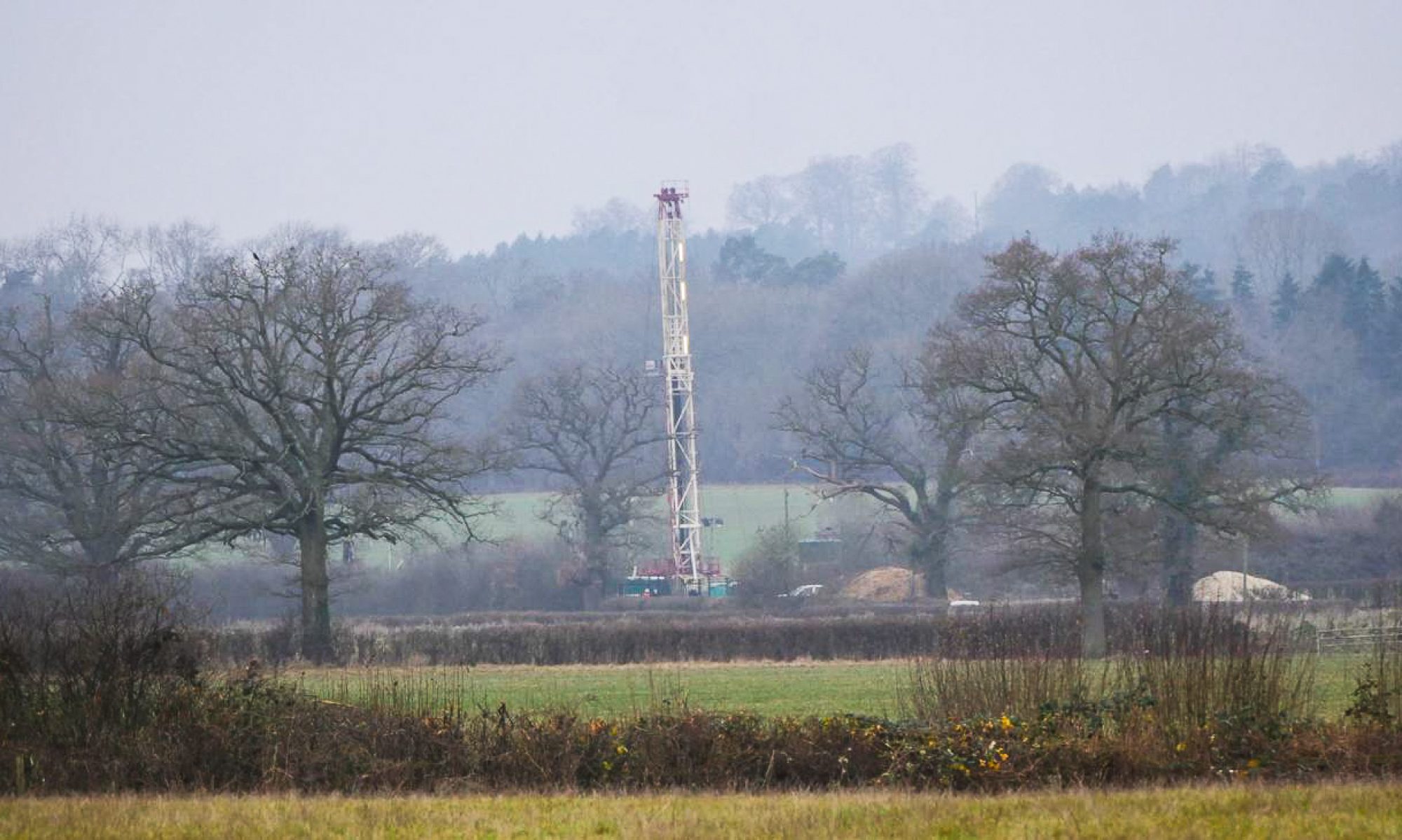Acidisation is a stimulation technique, used to release oil and gas from unyielding rock such as sandstone and limestone. It involves injecting solutions of acids and other chemicals into the ground, either to clean the well, or to create passageways through the rock along which oil or gas can flow.
It is used where companies are targeting oil in limestone and sandstone rock formations – such as in the Weald, as well as at West Newton, Wressle & Ellesmere Port.
In a report written for UK Oil & Gas Plc in 2016, consultants EY confirmed: “Kimmeridge Limestone Oil likely requires “stimulation’ to flow to the surface at commercial rates. The primary stimulation method for wells in limestone rock formations is acidizing.”
Acidisation and fracking: what’s the difference?
Acidisation and fracking – short for high-volume hydraulic fracturing – are both stimulation techniques designed to release oil or gas tightly trapped inside the pores of rocks. While fracking is used to crack open shale, acidising is used to dissolve passageways through limestone or sandstone.
The Infrastructure Act 2015 introduced a new definition of fracking as involving the injection of more than 1,000 cubic metres of fluid per stage or more than 10,000 cubic metres in total. Under current UK law, fracking can only take place at below 1,000 metres depth. The type of oil exploration we see in the Weald uses lower volumes of water, so is not counted as fracking and is not subject to the fracking regulations or the current (probably short-term) moratorium.
Yet acidisation requires similar techniques to fracking, including the drilling of long horizontal laterals, and a densely-spaced pattern of wells, and many of the same impacts (see below).
In other parts of the world, such as the US, fracking means hydraulic fracturing AND acidising. And the fact that acidisation is not defined as fracking in the UK means that operators are not subject to the same regulations – and acidisation is not covered by the moratorium on fracking announced in November 2019.
Three tiers of intensity

The industry divides acidisation broadly into three ‘tiers’. In increasing order of intensity, they are:
- An ‘acid wash’ is a weak acid solution that cleans the well bore at low pressure.
- ‘Matrix acidising’ uses pressure insufficient to fracture the rock to dissolve short pathways through the rock lying close to the wellbore.
- ‘Acid fracking’ is done at pressure high enough to fracture the rock, creating longer pathways.
Planning applications for projects involving acidisation tend to be loosely worded. They may mention unspecified ‘stimulation techniques’. Companies may propose an acid wash, but later decide to matrix acidise a well during testing and, in some cases, acidise at pressure during the production stage.
What acids and chemicals are used?
In limestone, the main acid used is hydrochloric, typically in concentrations of up to 15%.
In sandstone, it’s usually hydrofluoric, a highly corrosive acid and a powerful contact poison, usually used at much lower concentrations of up to 3%.
Other chemicals will be used too – such as biocides, polymers to make the liquid gloopy, corrosion inhibitors, detergents, solvents, and other potentially harmful chemicals. However oil and gas companies routinely keep secret the details of the acids and other chemicals they plan to use.
Is it ‘conventional’?
The industry tries to claim that acidisation is ‘conventional’, as it sounds safe and reassuring. But there is no legal definition of conventional in this context.
For geologists, conventional fossil fuel extraction means ‘without stimulation’. Acidisation, like fracking, is therefore an unconventional extraction technique.
Why are we concerned about acidisation?
Wells have been acidised in the Weald in decades gone by, barely regulated or monitored. What is proposed now is on a different scale. There are many reasons to be concerned about acidisation.
Acidising uses much higher concentrations of chemicals than fracking. Matrix acidising and acid fracking fluids could contain up to 17-18% chemicals.
Given the repetitive nature of the process, acidising may use a lot of water.
Acidising has many of the same negative impacts as fracking: heavy road traffic; air pollution; risk of water pollution via spills, leaking wells and faults; large volumes of toxic liquid waste; stress on communities; and greenhouse gas emissions.
It threatens industrialisation of the countryside. One company, UK Oil & Gas Plc (UKOG), has threatened back-to-back drilling of production wells across the Weald.
The vast majority of scientists are now agreed that the burning of fossil fuels is causing potentially catastrophic climate change. The UK government and others have agreed legally-binding carbon reduction targets. The continued extraction of oil will make it impossible to meet these. Rather than using unconventional methods to get at hard-to-extract fossil fuels, we need to switch investment to energy efficiency and renewable technologies.
Read more about acidisation
- Acid Stimulation: Fracking by stealth, a report by Brockham Oil Watch (November 2019)
- Environment Agency paper: Use of acid at oil and gas exploration and production sites (January 2018)
- ‘Fracking Under the Radar’ leaflet published by Weald Action Group
- Frack Free Sussex website
- Everything You Always Wanted to Know About Acidising, a paper by Kathryn McWhirter, revised April 2018)
